Even before setting foot on the red soil of Madagascar I knew one of my greatest adventures would be taking a trip on a camion brousse. These beasts of transport are like normal trucks but instead of carrying goods they are fitted out to hold passengers. Long steel seats with padding to make them more comfortable are lined up in rows in the body of the truck. This is not a one person one seat job but more of slide along the bench and make room for some new friends kind of transport.
They ply the routes which other forms of transport cannot navigate on roads that hold the title of national highways and byways but in places are little more than tracks which turn into mush when it rains. On sections of the route between Tulear on the southeast coast and Fort Dauphin on the south west coast it gets so rocky that everyone has to get off and walk while the truck bounces its way along and waits for the passengers once things have become a bit smoother
I went between these two cities in the early part of the wet season and even then the water in places came up to the top of the wheels of the truck. After another month this route may have taken 2-3 times as long because of the difficulty getting through the flooded tracks.
The truck I took was owned by the Mafio company and was a white Mercedes decorated in blue and red stripes and contained fourteen rows with about ten people in each row making total of 140 people. A mix of young and old, male and female all tightly packed together for a few days going toward their destination.
Trucks like these have become essential for people making their way on the more out of the way roads as there are no real cost effective alternatives. A paved road runs down the centre of the island from the north coast to Tulear on the south west coast but doesn’t make it all the way down to the southern tip. There are also paved roads running to the east and west of the capital, Antananarivo, but besides these much of the remaining national road network is unpaved tracks of differing quality and travel on them is highly dependent on what season it is. In the wet season some of the routes in the west and northwest are impassable and close for months at a time. It is with this background that I looked forward to my trip on a camion brousse. This was not about getting to my destination but having an adventure in the isolation of the Madagascan bush and adventure is certainly what I got.
The total journey time ended up being 57 hours between the two cities and started with us rolling along with views over red landscape and across plains with green shrubbery but quickly descended into crawling along the route at times no faster than walking pace. As we bounced along on the first day the cramped conditions made it very uncomfortable and when we got off to eat that evening I fed myself standing up to encourage blood flow in my left leg which had become numb.
That night about 11pm we got stuck in wet mud that resulted in a 17 hour layover before we were free again. Nobody on board really seemed too bothered when the delay stretched through the next day and towards the afternoon. I even managed to get a few hours sleep on the truck as there was more space due to some of the passengers sleeping on the ground outside. After my few hours rest on the truck I felt surprisingly good and clambered out the window, which was the easiest way of getting on and off due to passenger numbers, to see what is going on. At the back of the truck a lady who works for Mafio called me over. She had a large box of mangoes inside the back door and handed me two. Having not eaten a lot the day before this was a very welcome sight. I thanked her and got into the first of the mangoes peeling the skin with my mouth. In the course of eating I was spotted by a man in uniform who turned out to be from the local military who pointed at me and my mango eating technique and said something in Malagasy. There was a crowd around by now and they had a good laugh. I did’t understand what has been said so I removed the mango from my mouth and said loudly, “Matsiro Be”, which means very delicious and this brought on further laughter from the crowd and the army man. Everyone was in good spirits after the nights events and its always better to try and find humour in a situation like this than not.
After we got underway again it too a mere 27 hours to reach Fort Dauphin where I had a cold shower and a long sleep.
For the independent traveler there is not a whole lot known about travelling on public transport in rural Madagascar and even in Antananarivo some people said it was a dangerous prospect to take the camion brousse down south. The ones I spoke to in the capital had never actually taken this trip. As I went further south and spoke to people who had done it I got the overwhelming impression that it was it was either a big party or a very uncomfortable couple of days but certainly not dangerous. It turned out to be a mixture of the two as the day we were stuck in the sand had a festival feel about it and rattling and rolling over the terrible tracks while hopping my knees and head of protruding bolts in the bodywork was not all that comfortable.
What you do need on one of these trips is times and patience. It is not for someone on a two week holiday who wants to see lots of national parks but could definitely be worked into a short holiday if taken for what it is and approached realistically. I would recommend spending time doing this and seeing fewer national parks as this offers a real adventure and the cities at both ends of it have parks anyway. It is also a fraction of the cost of flying and was one of the most unforgettable adventures of my life.

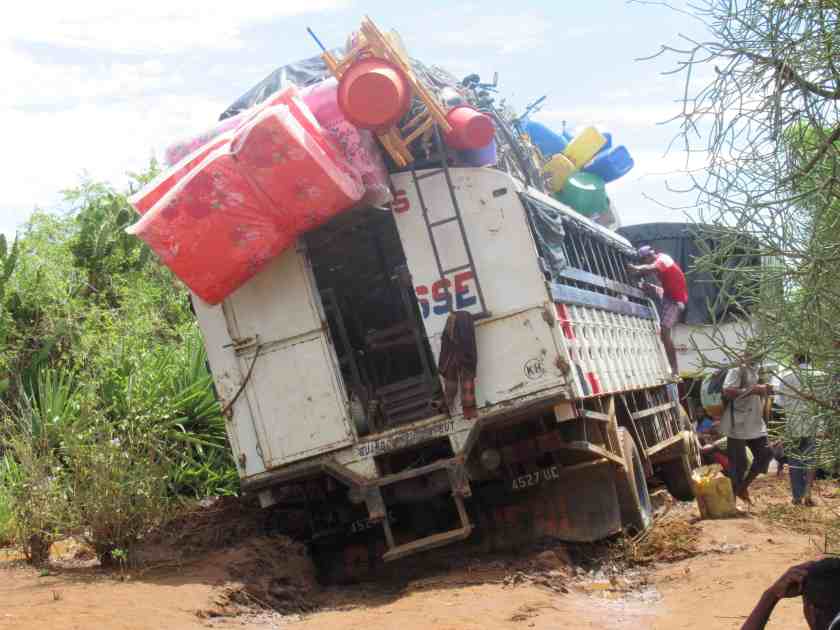
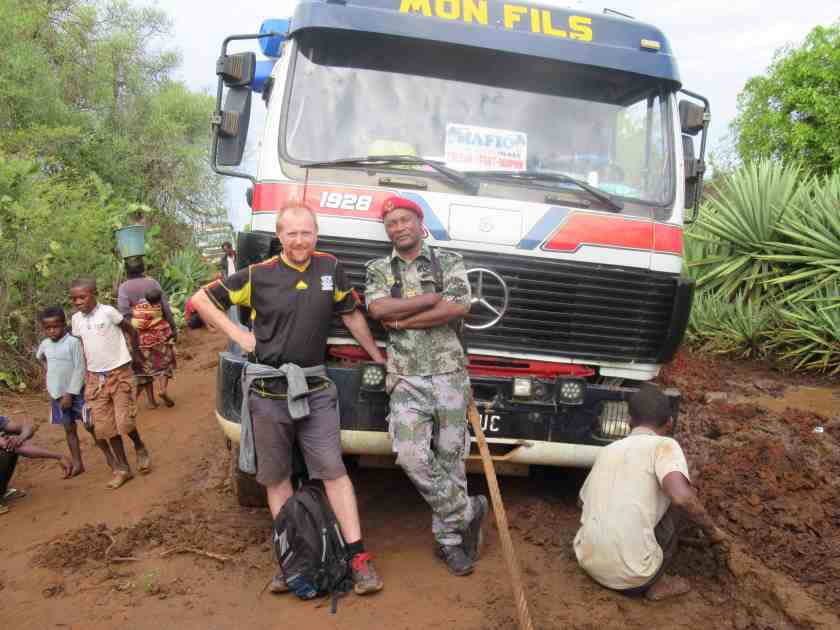
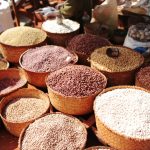
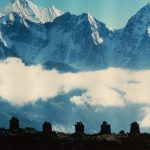
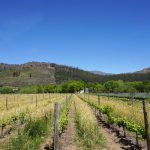

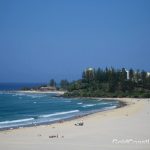
Wow! Now that’s an travel story! Keep ‘me coming!
This is amazing. Thank you so much.